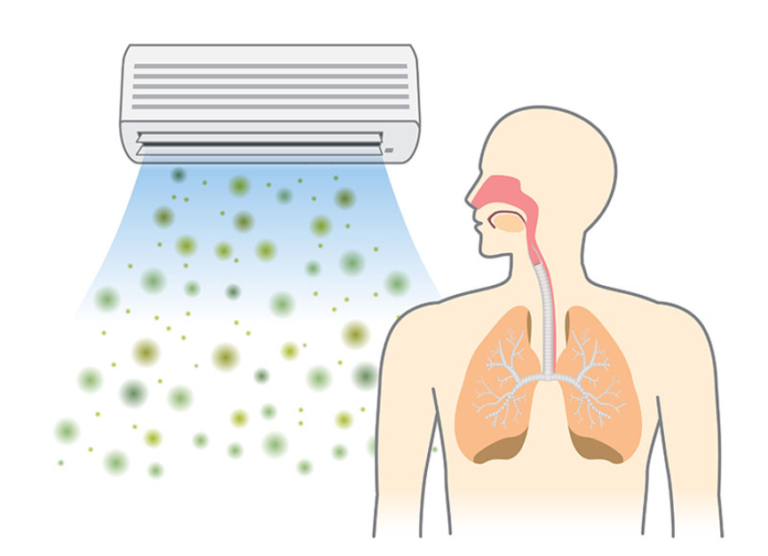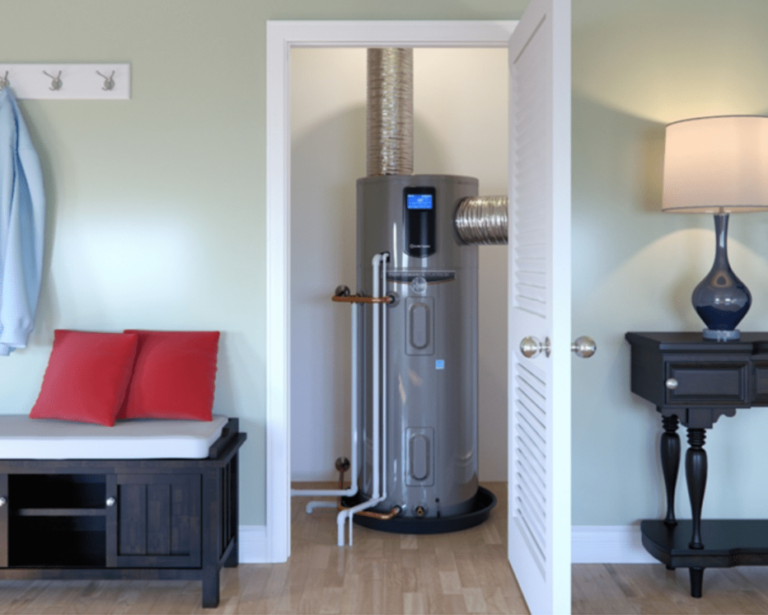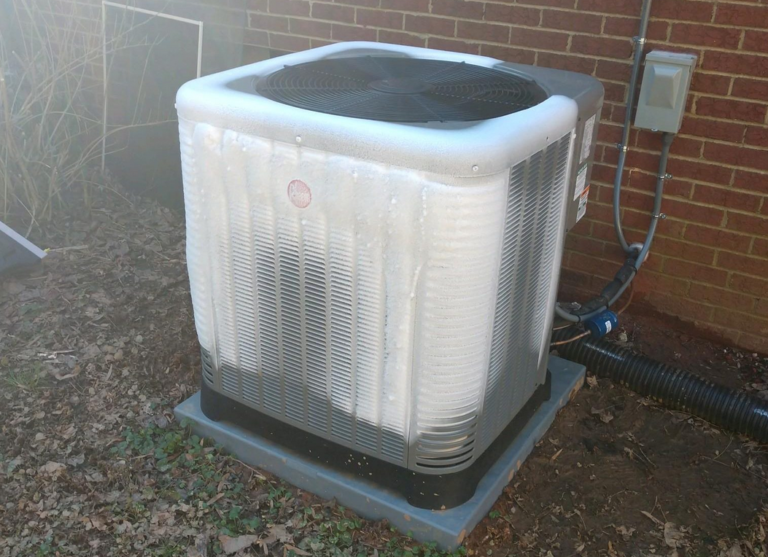12 Reasons To Use Your AC’s Dry Mode (dehumidification)
The air conditioner’s dry mode is excellent for dehumidifying your home and improving your indoor air quality. It can also help reduce energy costs by keeping your AC unit from working overtime to remove excess moisture from the air.
What is the “dry mode” on your Air Conditioner?
If your air conditioner has a “dry mode” setting, it means that the AC will run in a way that removes moisture from the air, rather than simply circulating cooled air.
This can be helpful in a humid climate, or if you want to reduce the risk of mold and mildew growth in your home.
Related post: Air Conditioner Won’t Cool Below 75 °F
How does dry mode work?
When the AC is set to dry mode, it will run the compressor for a longer cycle and the fan will run at a lower speed. This allows the unit to remove more moisture from the air.
You may notice that the air coming out of the vents is not as cold as usual when the AC is in dry mode – this is normal, and simply means that the unit is working harder to remove moisture.
12 Reasons To Use Your AC’s Dry Mode
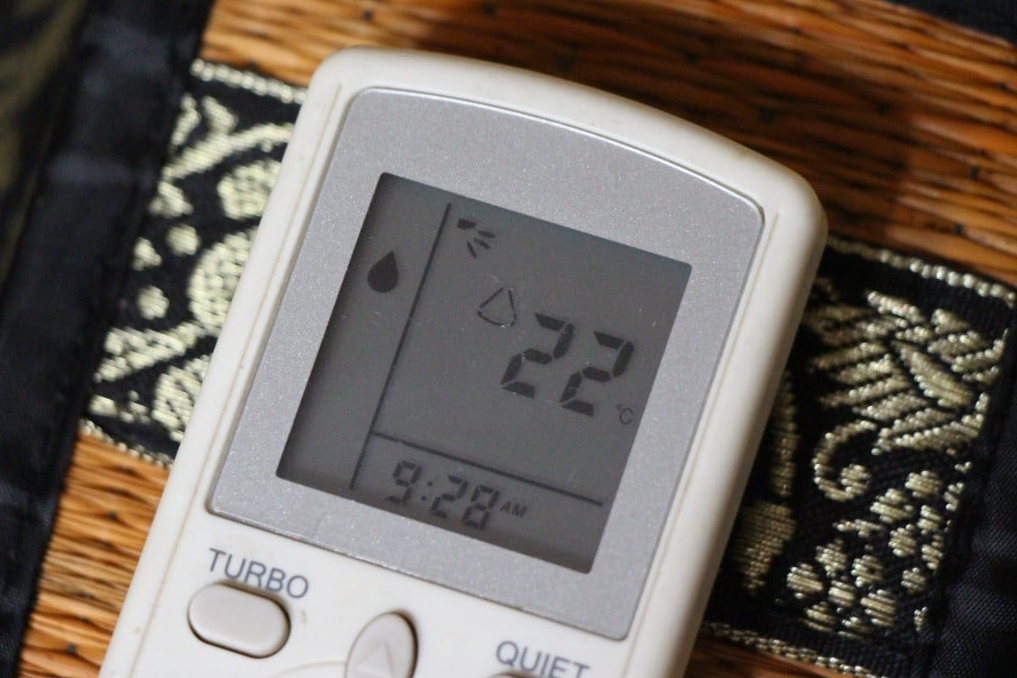
AC’s Dry mode is a great way to keep your home cool and comfortable during the summer. Here are 20 reasons why you should use dry function mode:
1. Dry mode reduces Humidity and increases comfort
As the weather gets warmer, the humidity level in the air also increases. And for many people, that means increased discomfort.
Humidity is the amount of water vapor in the air. Warm air can hold more moisture than cold air, so humid air feels warmer than dry air, even if the temperature is the same.
That’s why you may notice that you don’t feel as comfortable on a humid day, even if the temperature is lower than it was the day before. The increased moisture in the air makes it harder for your body to cool down.
That’s the number one reason to use the dry mode on your AC
2. Dry mode is more energy-efficient
In dry mode, also known as dehumidification mode, your AC unit removes moisture from the air while still maintaining a comfortable temperature. This is different from the standard “cooling” mode, which simply lowers the temperature of the air without removing any moisture.
So why is dry mode more energy-efficient? Because it uses less electricity to remove moisture from the air than it does to lower the air’s temperature. In fact, dry mode can use up to 30% less energy than cooling mode. That means lower energy bills for you!
3. Dry mode can help reduce your electric bill.
By using this mode, your air conditioner will run at a lower temperature, which will use less energy and save you money
4. Dry mode can help people with allergies or respiratory problems.
Dry mode helps to remove moisture from the air. When there is less moisture in the air, there are less dust mites and mold spores. This can help to reduce allergy symptoms and respiratory problems.
5. Dry mode can reduce the risk of mold and mildew growth in your home.
By running your AC in dry mode, you can help keep the relative humidity in your home low, which will create an environment that is less conducive to mold and mildew growth.
6. Dry mode can help to eliminate musty odors in your home.
If you’re noticing musty odors in your home, it may be time to switch your AC to dry mode. The Dry function mode can help to eliminate musty odors by circulating air and keeping surfaces dry. This can be especially helpful in rooms that are prone to moisture, such as the bathroom or kitchen.
7. Dry mode can help deter insects from entering your home.
Insects are attracted to moisture, so by reducing the humidity in your home, you can make it a less attractive target for them.
8. Dry mode can create a more comfortable environment
Dry mode can be a more comfortable environment for people who are sensitive to temperature changes for a few reasons. One reason is that the dry mode can help to reduce the amount of humidity in the air.
This can be beneficial for people who are sensitive to temperature changes because humid air can make it feel warmer than it actually is. Furthermore, dehumidification can help to prevent the growth of mold and mildew, which can also be beneficial for people who are sensitive to temperature changes.
9. Dry mode can prolong the life of your air conditioner.
Dry mode can help to prevent mold and mildew growth, both of which can shorten the lifespan of your AC unit.
10. Dry mode can help improve the quality of the air in your home.
Humidity can cause a number of problems for people with allergies or asthma. First, it can make it harder for your respiratory system to work properly. When the air is too humid, it can be difficult to breathe. Second, humidity can cause mold and mildew to grow. These can trigger allergy symptoms and make asthma attacks more likely.
If you have allergies or asthma, dehumidification can be a great way to improve the quality of the air in your home and make it easier to breathe. If you don’t have allergies or asthma, dehumidification can still be beneficial. It can help reduce mold and mildew growth, and it can also help save on energy costs.
11. Dry mode is less noisy.
In dry mode, the AC unit will operate in a manner that is similar to a dehumidifier. This setting can be beneficial for those who want to reduce the noise their air conditioner makes without having to turn it off completely.
While dry mode will not completely eliminate the noise your AC unit makes, it can help to significantly reduce it. This can be a great option for those who live in apartments or other close quarters where every little bit of noise reduction can make a big difference. Dry mode is also a good choice for those who are sensitive to sound or who have trouble sleeping with the AC unit on.
12. Dry mode can help reduce the amount of dust in your home.
If you have ever noticed dust accumulating on your furniture or floor, you may want to consider using the dry mode on your air conditioner. Dehumidification can help reduce the amount of dust in your home by circulating air more slowly and evenly throughout the room.
One of the main reasons that dust accumulates in homes is because of the way that air circulates. When air circulates quickly, it can create a vortex that pulls dust and other particles from the floor and furniture and deposits them onto surfaces like tabletops and shelves. However, when air circulates more slowly, it does not create this vortex and instead evenly distributes the air throughout the room, which helps to prevent dust from settling on surfaces.
Should I use dry mode all the time?
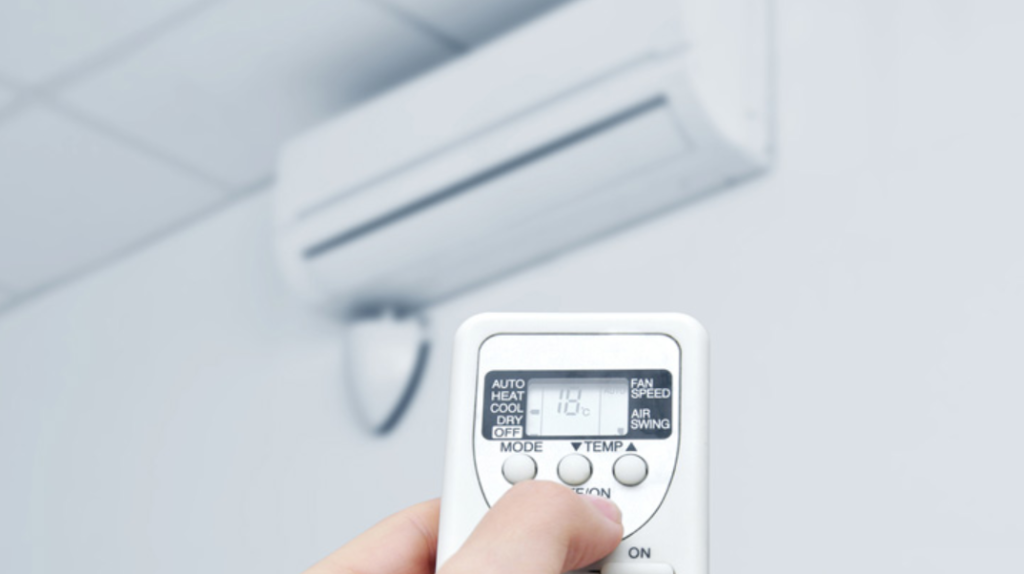
In most cases, you won’t need to run your AC in dry mode all the time. However, if you live in a particularly humid climate, or if you’re concerned about mold and mildew growth in your home, it’s a good idea to use dry mode occasionally. Just be sure to monitor the humidity level in your home; if it gets too low, it can be uncomfortable and may cause problems like static electricity.
Conclusion
So, there you have it – everything you need to know about dry mode on your AC!
Using this setting occasionally can be a great way to prevent mold and mildew growth in your home, and can also help extend the life of your AC unit. Just be sure to monitor the humidity level in your home so that it doesn’t get too low.


